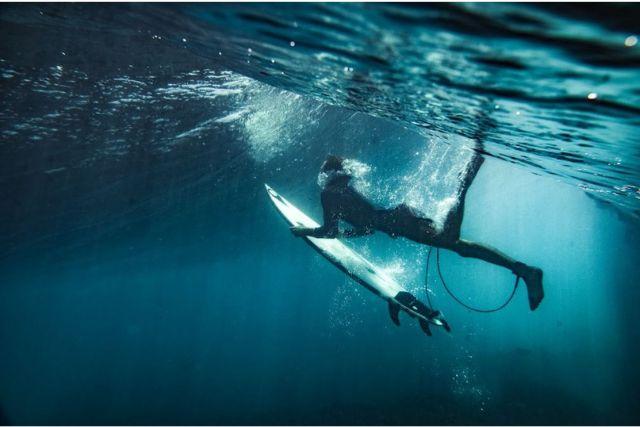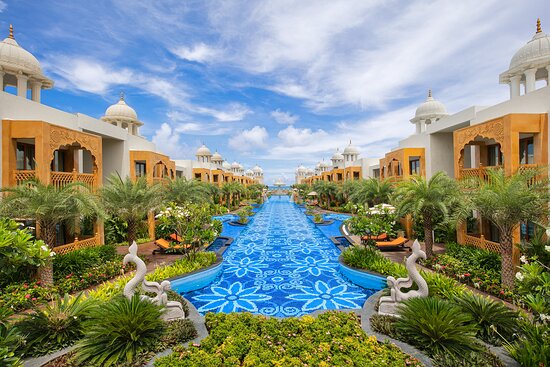When Surfing was Invented
Surfing, a captivating water sport that involves riding ocean waves, has become a global phenomenon with millions of enthusiasts worldwide. The joy of gliding effortlessly across the water’s surface has intrigued humanity for centuries, and the origins of surfing can be traced back to ancient civilizations. This blog will delve into the fascinating history of surfing, exploring its humble beginnings, cultural significance, and evolution into the thrilling sport we know today.
Ancient Roots of Surfing
The concept of surfing can be dated back to ancient civilizations, where it was more than just a recreational activity; it held cultural and spiritual significance. Archaeological evidence suggests that early forms of surfing were practiced by the ancient Polynesians, particularly in regions like Hawaii and Tahiti, as early as 3000 BCE. These skilled seafarers used wooden boards crafted from local trees to ride the waves and navigate coastal waters. Surfing in ancient times was often associated with religious rituals and was deeply ingrained in the islanders’ way of life.
Surfing in Hawaiian Culture
Among all ancient cultures, surfing played a particularly central role in Hawaiian society. The Hawaiian word for surfing, “he’s nalu,” reflected the art of wave sliding, and the sport was deeply embedded in their mythology and daily lives. Hawaiian chiefs and commoners alike participated in surfing, showcasing their skills and courage on the waves. The sport also had a social dimension, where surfing competitions were held to determine the most skilled surfers, fostering a sense of community and camaraderie.
Decline and Rediscovery
As the Hawaiian Islands encountered the influences of European explorers and settlers in the late 18th century, the practice of surfing began to wane. Cultural disruptions, the introduction of new watercraft, and foreign beliefs all contributed to the decline of traditional surfing. However, it was not forgotten entirely. Surfing managed to survive in isolated pockets, especially among the native Hawaiians, keeping the spirit of the sport alive.
Revival of Surfing
The 20th century saw a remarkable resurgence of interest in surfing. One of the key figures responsible for reviving the sport was Duke Kahanamoku, a Hawaiian Olympic swimmer, and surfing ambassador. Duke traveled the world, showcasing his surfing talents and introducing the sport to various countries, from Australia to California. As a result of Duke’s efforts, surfing began to capture the imaginations of people outside the Pacific islands, gradually gaining popularity as a recreational activity.
Surfing on the Big Screen
Surfing’s popularity received a substantial boost when Hollywood took an interest in the sport. In the 1950s and 1960s, surf-themed movies like “Gidget” and “Endless Summer” brought the sport to mainstream audiences, further fueling its popularity. These films romanticized the surfing lifestyle, making it an aspirational activity for many young people across the globe.
Birth of Modern Surfboard Design
One pivotal development in surfing’s evolution was the transformation of surfboard design. In the early 20th century, surfboards were primarily made of wood, making them heavy and difficult to maneuver. However, advancements in materials and design led to the emergence of foam and fiberglass surfboards, significantly improving performance and making surfing more accessible to a broader audience.
Surfing in Indonesia
Indonesia, an archipelago nation in Southeast Asia, is a haven for surfers worldwide. With its tropical climate, crystal-clear waters, and diverse coastline, Indonesia offers an abundance of world-class surf spots that cater to surfers of all levels.
How nice it would be if you can book a surf resort with a clear view of the HTs, a surf vacation. Hollow Tree’s Resort’s dining area looks out onto HTs, so you can start mind-mapping your tricks and moves while having your breakfast. Check out our website and make your reservations asap.
The combination of perfect waves, stunning landscapes, and vibrant culture has firmly established Indonesia as a top surfing destination on the global map.
Surfing as a Global Phenomenon
As the sport continued to gain momentum, surfing became a global phenomenon. Surfing hotspots emerged in various regions worldwide, including California, Australia, Indonesia, and South Africa. Surfing competitions, such as the World Surf League (WSL) Championship Tour, showcase the world’s best surfers battling it out on some of the most incredible waves on the planet.
Conclusion
Surfing’s journey from an ancient cultural practice to a thrilling, worldwide sport is a testament to its enduring appeal. From its roots in the rich traditions of Polynesian societies to its modern incarnation as a global phenomenon, surfing has transcended time and cultural barriers. Today, the art of riding waves continues to captivate millions of people, offering a unique blend of physical challenge, connection to nature, and a sense of freedom that keeps surfers coming back to the water time and time again.
If you want to experience both left and right-handed surfing in one region, go surfing at the Mentawai Resort. With 10 world-class waves within a short boat ride from the resort, Hollow Tree’s Resort will help you create the best surfing memories of your life.
As surfing’s popularity shows no signs of waning, it’s safe to say that this awe-inspiring water sport will continue to ride the waves of human enthusiasm for generations to come.





